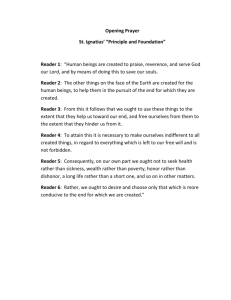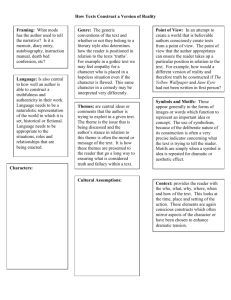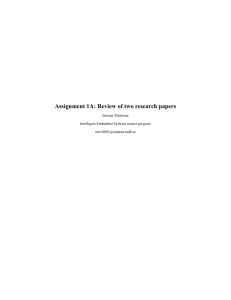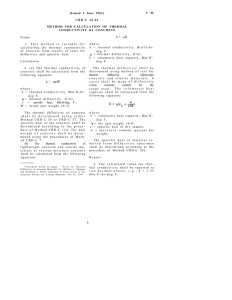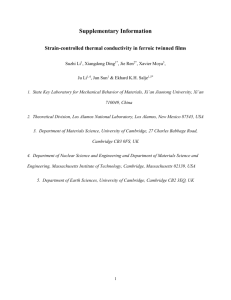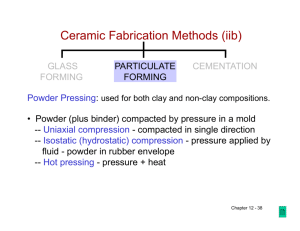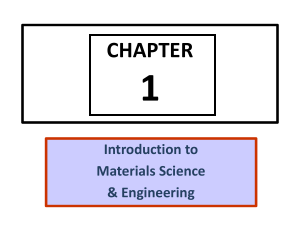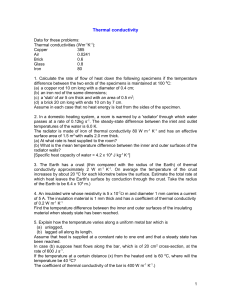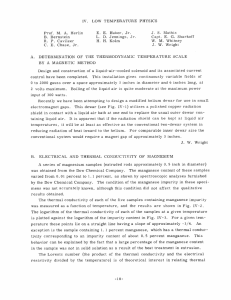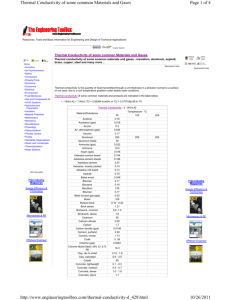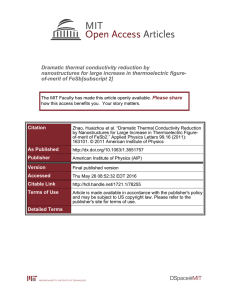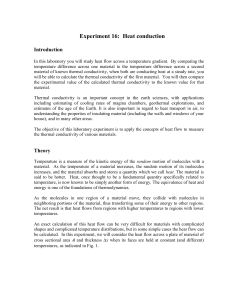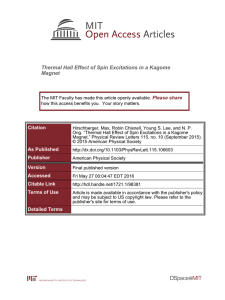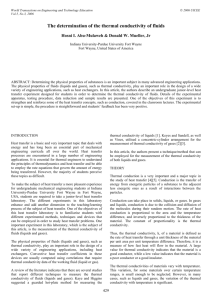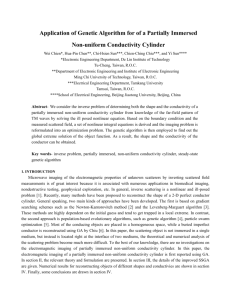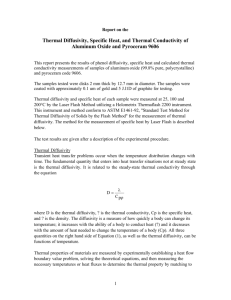Anatomy of a Lab Report
advertisement
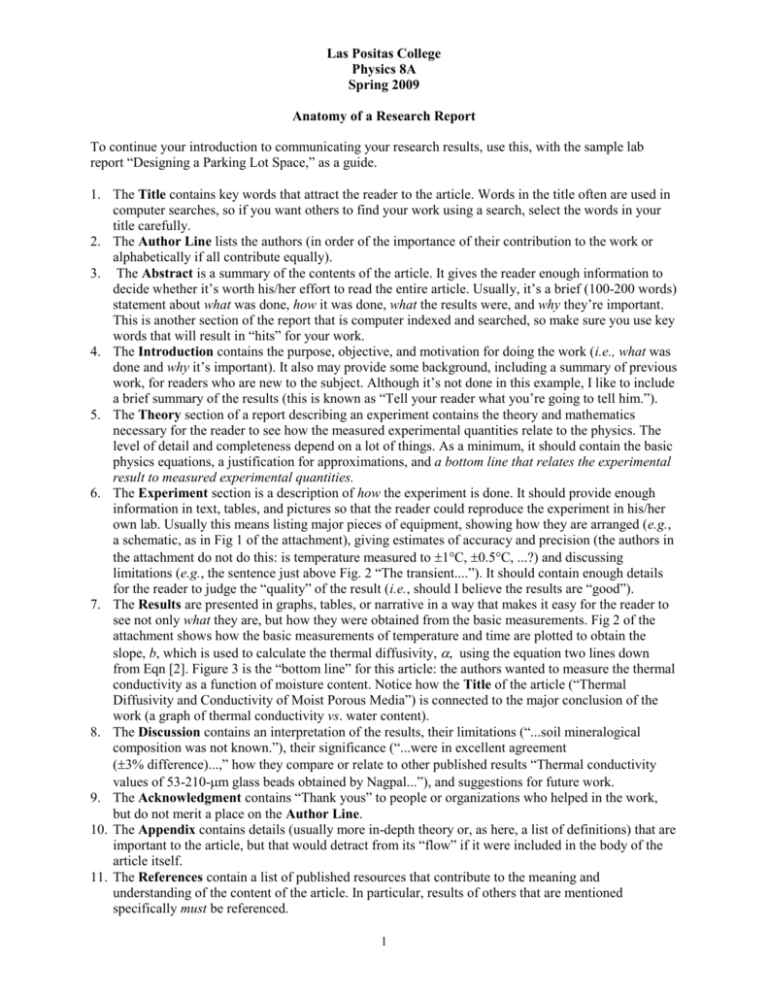
Las Positas College Physics 8A Spring 2009 Anatomy of a Research Report To continue your introduction to communicating your research results, use this, with the sample lab report “Designing a Parking Lot Space,” as a guide. 1. The Title contains key words that attract the reader to the article. Words in the title often are used in computer searches, so if you want others to find your work using a search, select the words in your title carefully. 2. The Author Line lists the authors (in order of the importance of their contribution to the work or alphabetically if all contribute equally). 3. The Abstract is a summary of the contents of the article. It gives the reader enough information to decide whether it’s worth his/her effort to read the entire article. Usually, it’s a brief (100-200 words) statement about what was done, how it was done, what the results were, and why they’re important. This is another section of the report that is computer indexed and searched, so make sure you use key words that will result in “hits” for your work. 4. The Introduction contains the purpose, objective, and motivation for doing the work (i.e., what was done and why it’s important). It also may provide some background, including a summary of previous work, for readers who are new to the subject. Although it’s not done in this example, I like to include a brief summary of the results (this is known as “Tell your reader what you’re going to tell him.”). 5. The Theory section of a report describing an experiment contains the theory and mathematics necessary for the reader to see how the measured experimental quantities relate to the physics. The level of detail and completeness depend on a lot of things. As a minimum, it should contain the basic physics equations, a justification for approximations, and a bottom line that relates the experimental result to measured experimental quantities. 6. The Experiment section is a description of how the experiment is done. It should provide enough information in text, tables, and pictures so that the reader could reproduce the experiment in his/her own lab. Usually this means listing major pieces of equipment, showing how they are arranged (e.g., a schematic, as in Fig 1 of the attachment), giving estimates of accuracy and precision (the authors in the attachment do not do this: is temperature measured to 1°C, 0.5°C, ...?) and discussing limitations (e.g., the sentence just above Fig. 2 “The transient....”). It should contain enough details for the reader to judge the “quality” of the result (i.e., should I believe the results are “good”). 7. The Results are presented in graphs, tables, or narrative in a way that makes it easy for the reader to see not only what they are, but how they were obtained from the basic measurements. Fig 2 of the attachment shows how the basic measurements of temperature and time are plotted to obtain the slope, b, which is used to calculate the thermal diffusivity, using the equation two lines down from Eqn [2]. Figure 3 is the “bottom line” for this article: the authors wanted to measure the thermal conductivity as a function of moisture content. Notice how the Title of the article (“Thermal Diffusivity and Conductivity of Moist Porous Media”) is connected to the major conclusion of the work (a graph of thermal conductivity vs. water content). 8. The Discussion contains an interpretation of the results, their limitations (“...soil mineralogical composition was not known.”), their significance (“...were in excellent agreement (3% difference)...,” how they compare or relate to other published results “Thermal conductivity values of 53-210-m glass beads obtained by Nagpal...”), and suggestions for future work. 9. The Acknowledgment contains “Thank yous” to people or organizations who helped in the work, but do not merit a place on the Author Line. 10. The Appendix contains details (usually more in-depth theory or, as here, a list of definitions) that are important to the article, but that would detract from its “flow” if it were included in the body of the article itself. 11. The References contain a list of published resources that contribute to the meaning and understanding of the content of the article. In particular, results of others that are mentioned specifically must be referenced. 1





